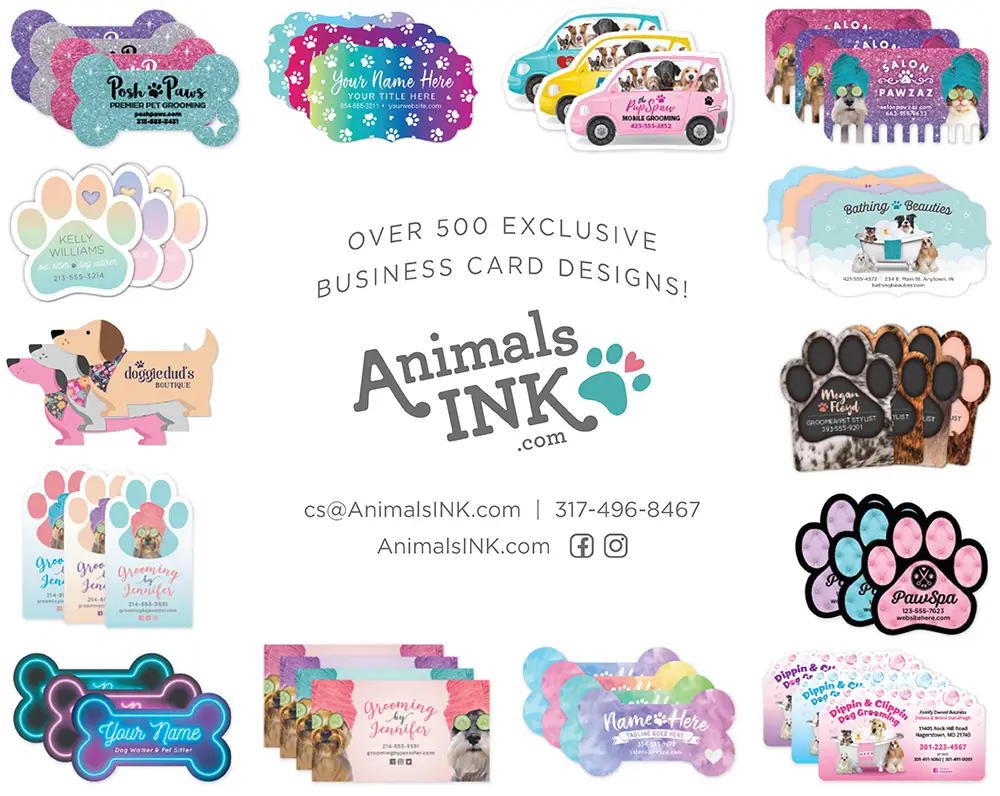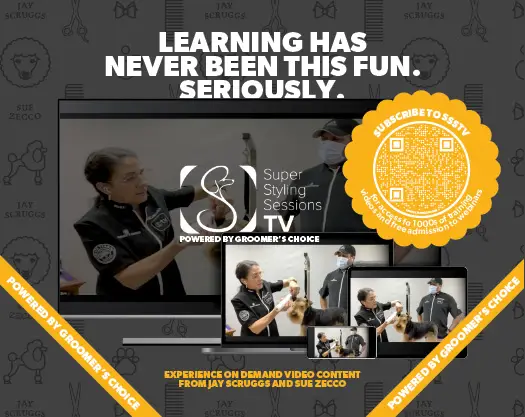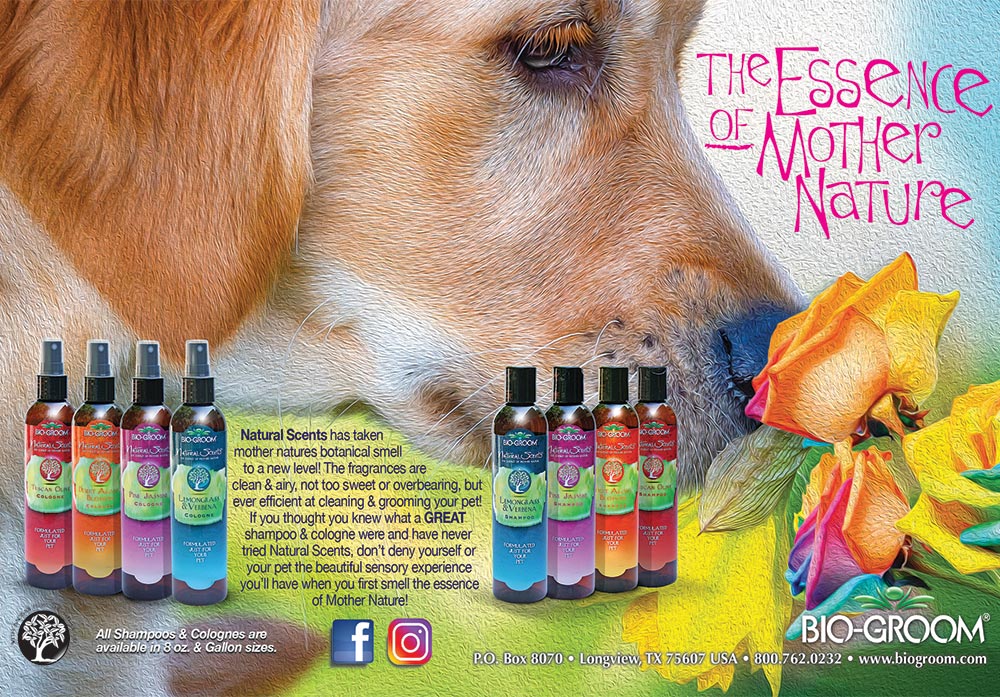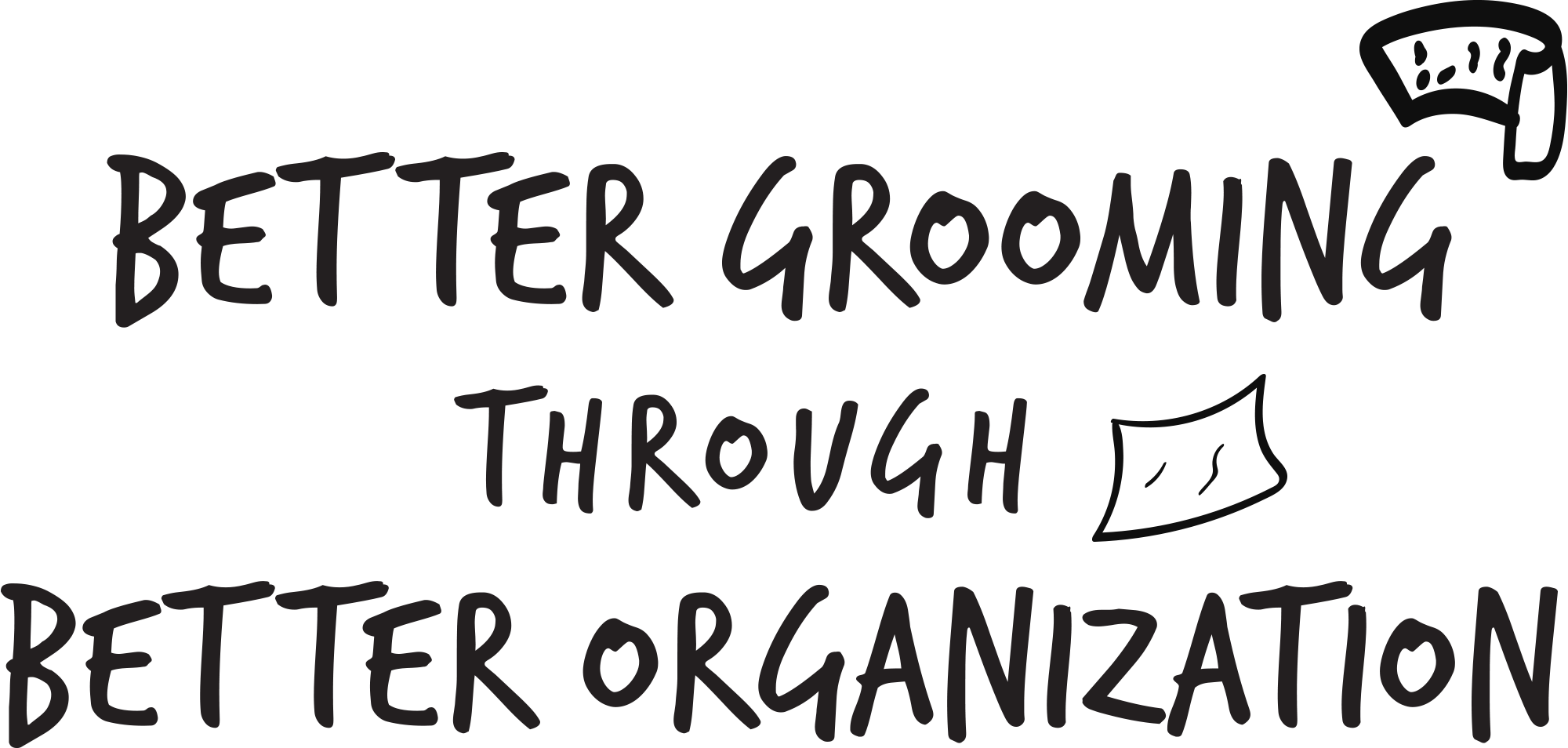
 et groomers clean for a living. We remove dirt, dander and hair from furry animals who are fortunate if they get bathed once a month. Cleaning these precious living creatures is how we make our living. But what we take off them must go somewhere—down our tub drains, onto our grooming floors, smocks and tools, and into our equipment. However, our greatest workplace challenge as groomers is how we organize a significant number of tools, specialized furniture and unique equipment needed to work on the diverse coat types we groom.
et groomers clean for a living. We remove dirt, dander and hair from furry animals who are fortunate if they get bathed once a month. Cleaning these precious living creatures is how we make our living. But what we take off them must go somewhere—down our tub drains, onto our grooming floors, smocks and tools, and into our equipment. However, our greatest workplace challenge as groomers is how we organize a significant number of tools, specialized furniture and unique equipment needed to work on the diverse coat types we groom.
Groomers are not alone in needing organized workspaces—every profession faces the challenge of how to organize the physical space for optimum efficiency, ergonomics and healthy productivity—but groomers are surely on the high end of the scale with the sheer amount of equipment and tools we must use. We clearly have bigger daily messes to clean and more stuff to organize than most professions do. But despite the greater challenges we face in organizing our workspaces, we can learn from organization principles that have helped other lines of work. After all, no one should spend almost a third of their lives in a workspace that exhausts them just by walking into it.
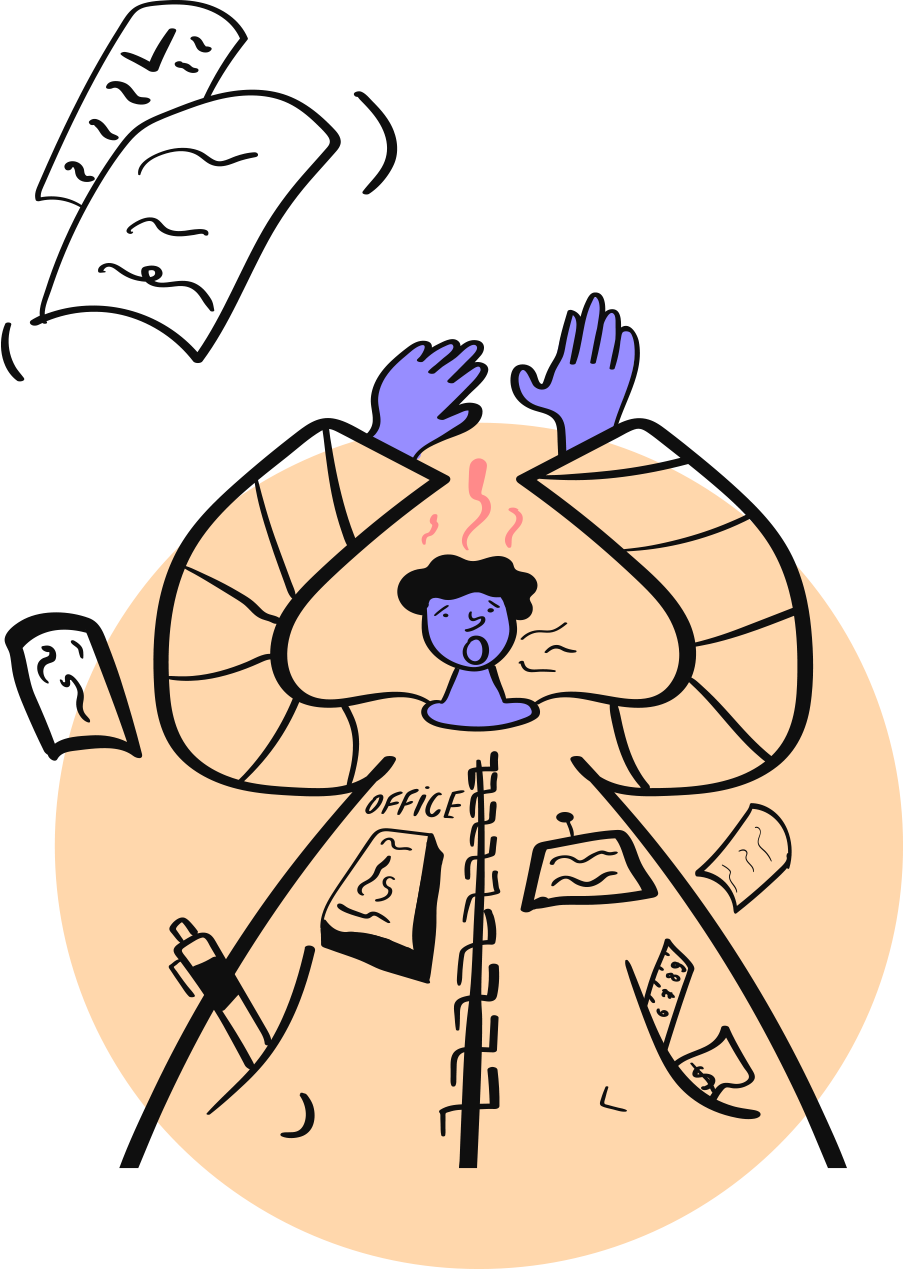
That said, even inside a tiny mobile grooming unit, clearly separated areas for bathing, drying, and haircutting are helpful in working more efficiently and in a more organized way. The most important area to separate is the drying area because of the amount of stress, hair, dander and noise that blow-drying generates. Remember to always wear industrial-strength hearing protection and put hoodies on the dogs when blow-drying.
Drying a dog on a freestanding table that you can walk around is less stable for the dog, no matter how strong the table is. But more importantly, it takes longer to dry the dog as much of the blown air is lost to the room. Pushing a grooming table up against a wall is a good alternative. Even in a mobile unit, a corner can be set up with a counter up against a wall for this purpose. The wall behind would ideally be covered in some washable surface to allow for cleaning. Remember to wear an N-95 mask, especially when blow-drying, to prevent yourself from inhaling particulate matter that can lead to the development of Groomers Lung.
I have seen groomers working on dogs with their grooming tables filled with several pairs of scissors, a clipper, blades, mat splitters, nail clippers, combs, brushes and piles of dirty hair, all on top of the same grooming table where the poor dog is trying to stand. The groomer would be lifting legs and turning the dog in the middle of this mess to access various sides of the dog. If this bad habit has been yours, make the decision today to change and stick to it as a permanent habit in your work life.
Immediately around our work areas, we should also have a nearby cabinet with shelves for products. I prefer a cabinet with doors I can close so that I do not have to dust the shelf areas daily where I store my products. Wiping off bottles covered with blown debris is tedious and time-consuming. Even open shelving can be covered with an attached curtain, either solid or split, that can be easily pushed aside to access products inside while keeping the shelves and products clean when they are not being accessed.
It is hard to create a clean and beautifully groomed dog in a messy, dirty, cluttered workspace. Not to mention, disorganized spaces are stressful spaces. Developing and implementing simple habits of getting organized and staying organized, keeping all grooming equipment off the work surface as you groom the dog, and controlling hair and debris will protect your equipment, reduce your stress, and keep the dog safer and cleaner.
- Johnston, M. (2016, May 16). The 6 Basic Principles of an Organized Office. CMS Critic. www.cmscritic.com/principles-of-an-organized-office
